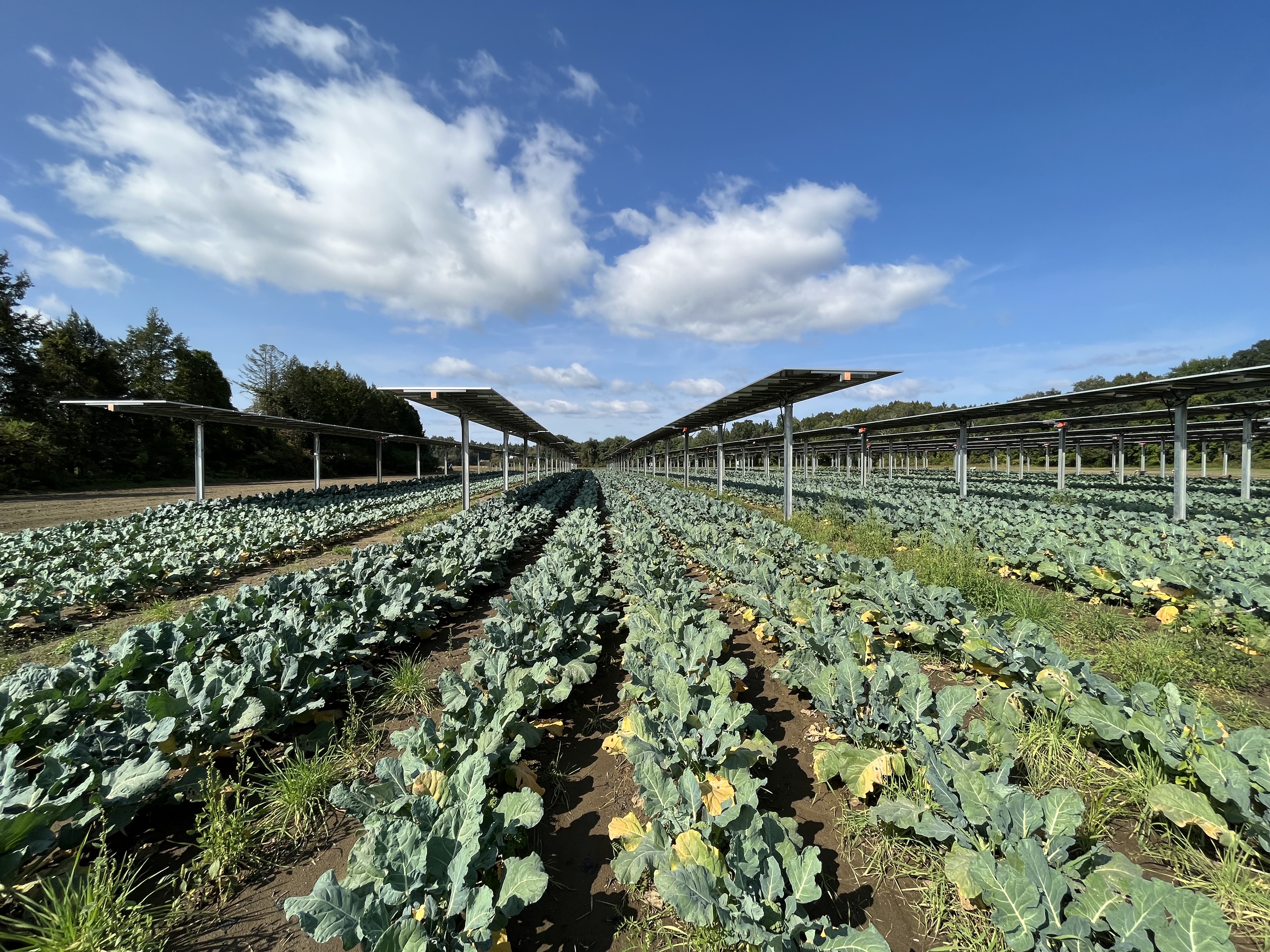Agrivoltaics: The best kept secret in Michigan
The farmer, solar developer and public all benefit from agrivoltaics.

Several weeks ago, I met with some farmers with land in a utility scale solar project to ascertain their interest in growing crops or raising sheep in the solar project. I discovered that none of them had even considered that possibility. I was not surprised about that. The practice of growing crops or grazing livestock in a utility or community solar project seems to be the best kept secret around the state. In a series of articles about solar and agriculture, I hope to lift the curtain on this mystery and shed some light on it.
Growing crops and grazing livestock in utility and community solar projects is called agrivoltaics. It is one of four land management and conservation practices implemented in solar projects. Agrivoltaics don’t just happen. It takes coordination between the farmer and solar developer in the early stages of the solar project planning process. Crop farmers need agreements on things like reducing compaction and topsoil degradation during array installation, spacing between arrays, height of arrays, adequate headland at the end of the arrays, planned cropping system, and access to the site. Grazers need agreements on things like fencing, access to water, forage mix, creep feeding areas, staging areas, height of arrays and access to the site. All of these things need to be discussed and agreed upon well before the first pylon is pounded into the ground. Successfully incorporating agriculture into a solar project cannot be an afterthought.

Agrivoltaics is an opportunity for farmers. Please consider the following. Solar developers pay landscape companies to manage vegetation in their solar projects. Vegetation management includes planting and maintaining forbs and grasses, controlling and eliminating unwanted plants, and maintaining the correct vegetation height and preventing overgrown weeds. Farmers do the same thing through growing crops and/or grazing livestock. They are vegetation management experts. Paying farmers to manage vegetation on a solar site provides an additional income stream to the farm while at the same time keeping the land in production agriculture. Crops can be grown in between the arrays and in the setback areas. Livestock can be grazed throughout the solar project. No one loses in this arrangement. The solar developer gets excellent vegetation management from the farmer and the public benefits from electricity production and preservation of land in cropping or grazing systems. It is a win-win-win situation.
If you have questions about agrivoltaic opportunities, please contact Charles Gould, Michigan State University Extension bioenergy educator, at 616-834-2812 or gouldm@msu.edu. The MSU Extension Agricultural Bioenergy and Energy Conservation website has additional information on renewable energy.



 Print
Print Email
Email




